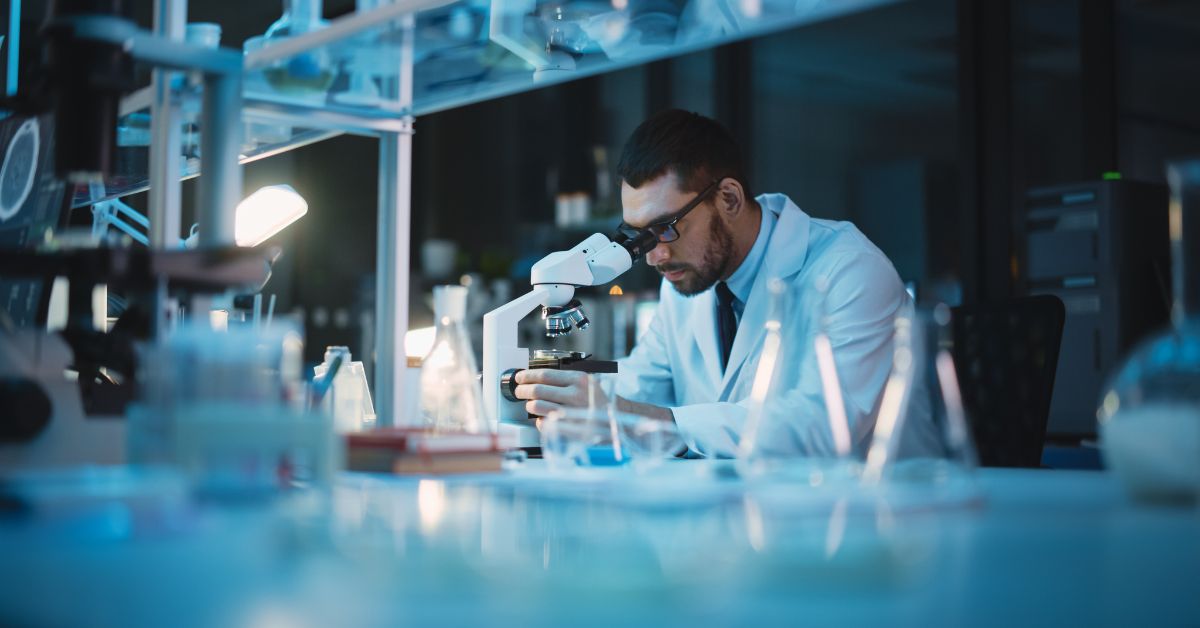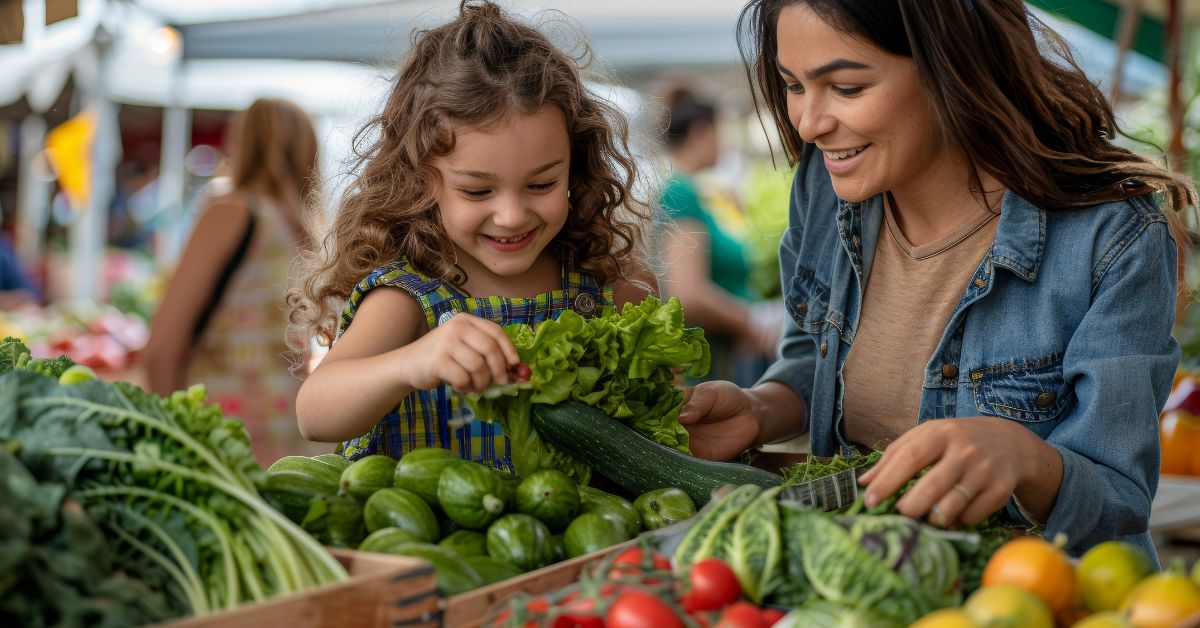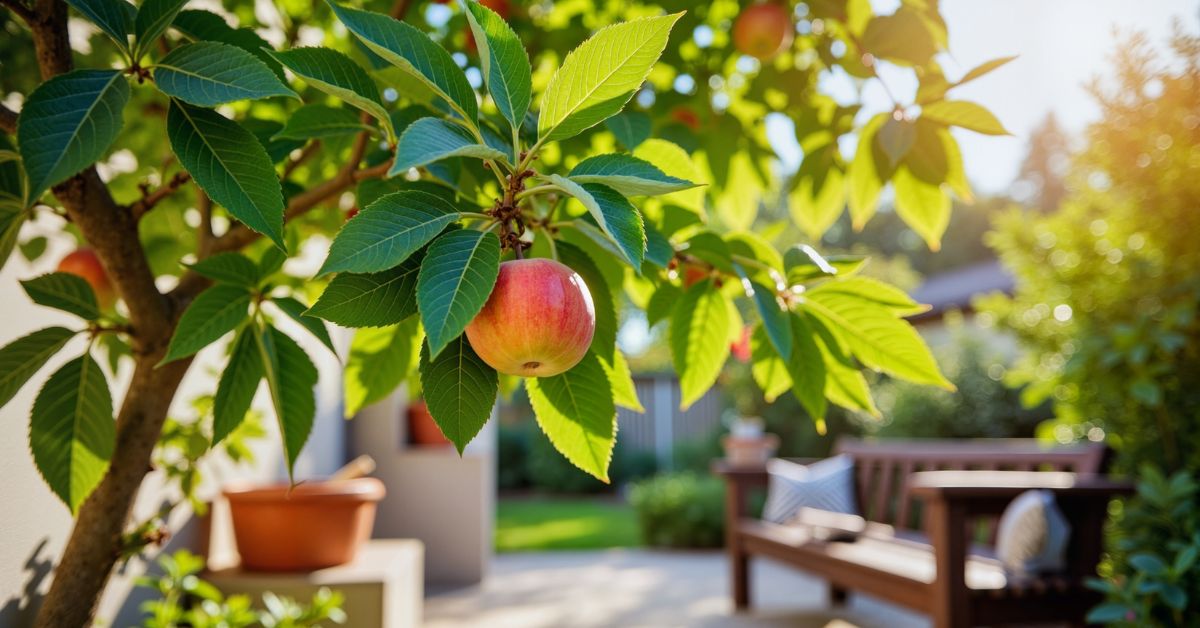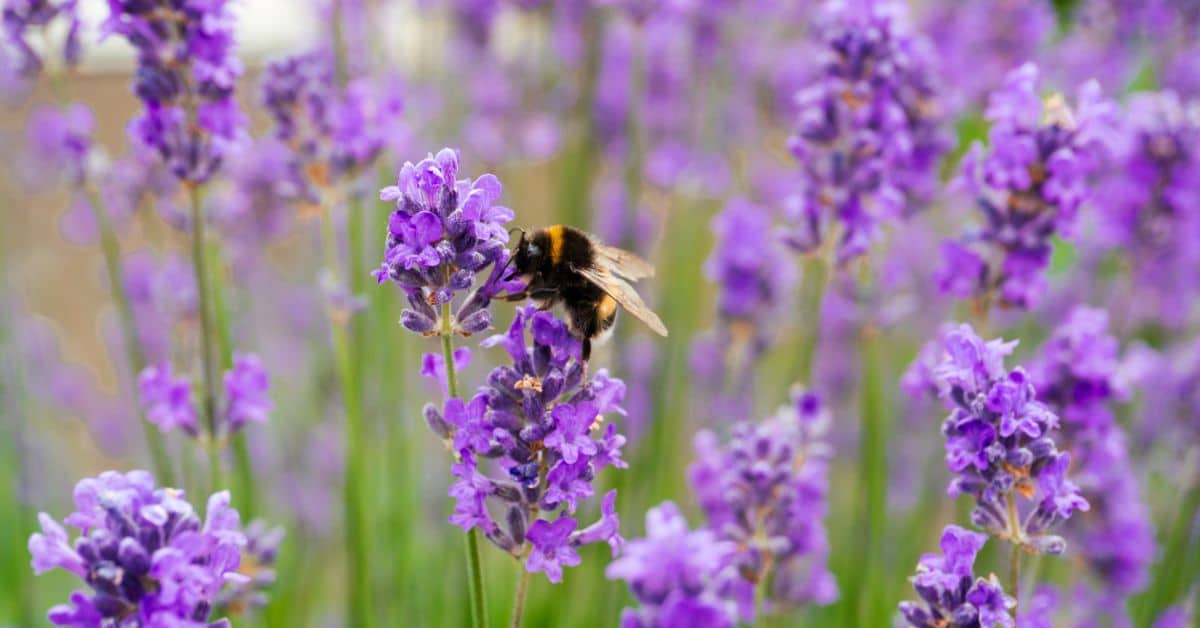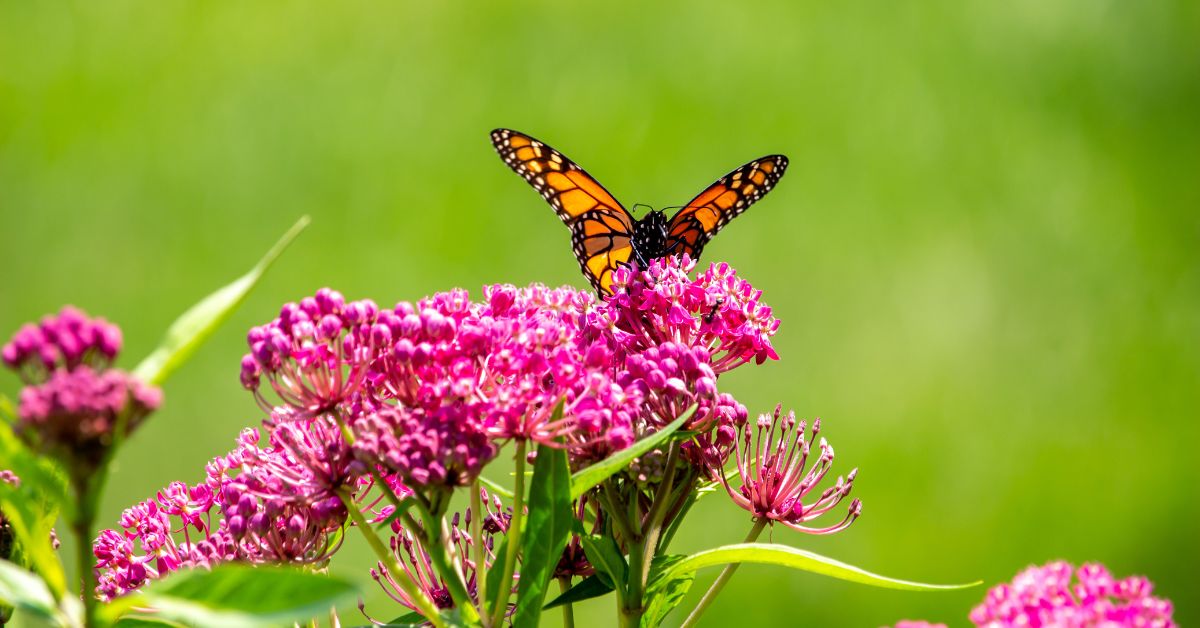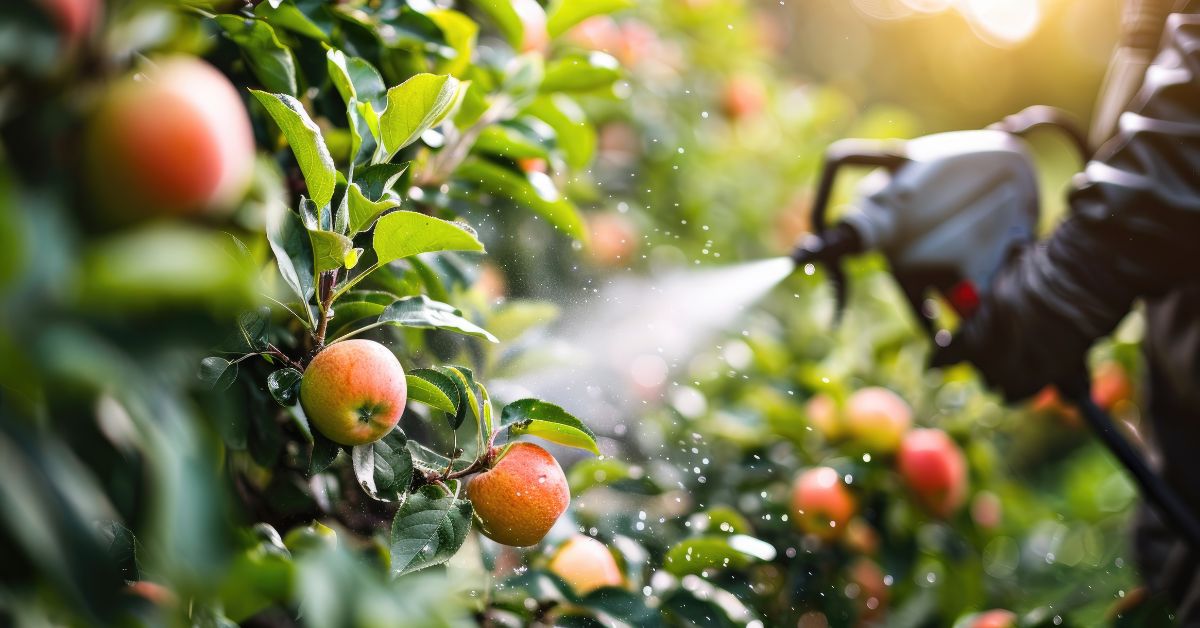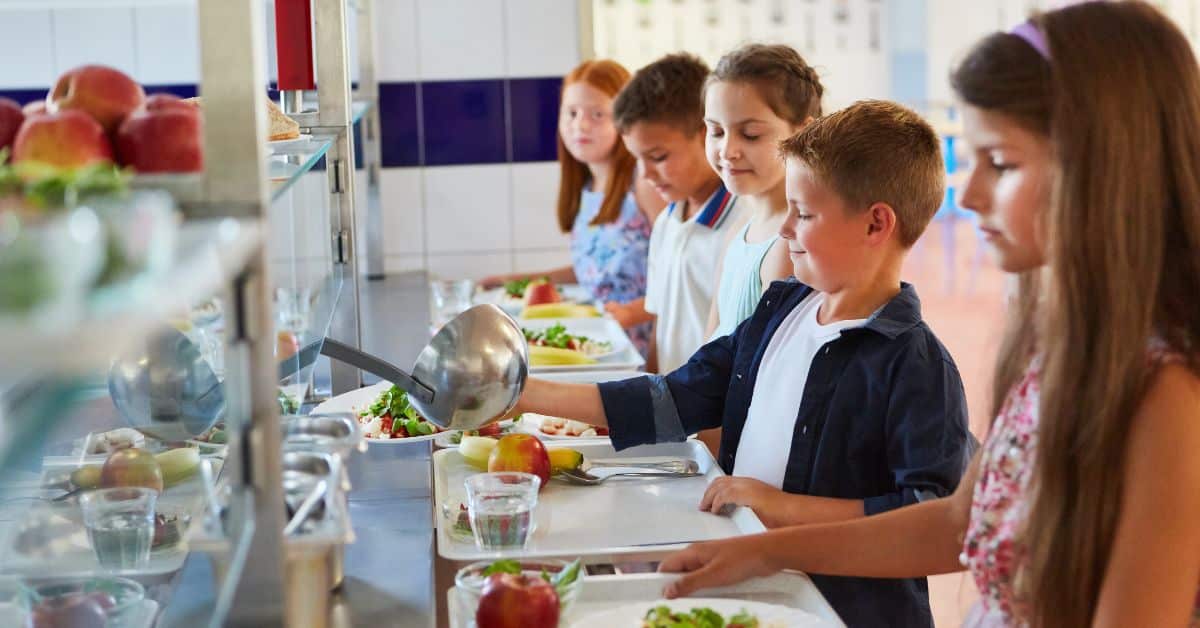
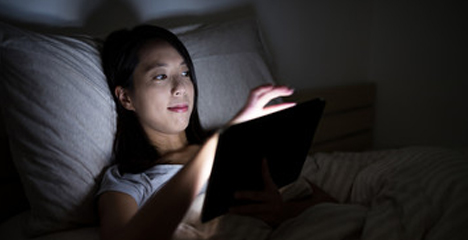
Beyond endlessly stuffing our mouths with the standard American diet, these are my top 5 non-nutrition factors that are ruining the quality of our lives. Have you consider these factors, and if so, how are you dealing with them?
1. We don’t sleep.
Sleep is crucial to our health, and over a third of us will have problems with sleep any given year. Poor sleep has been linked to increased hunger, obesity, insulin resistance, diabetes, depression, high blood pressure, death, inattention, fatigue (duh), impaired immune system function, heart disease, and fatal accidents[1].
Adults should get 7-8 hours of sleep a night. If you aren’t, consider these suggestions:
- Meditation has been shown to improve sleep. Get Insight Timer, a guided meditation app, and start a routine of picking a meditation every night before bed (but don’t take that phone into your bedroom).
- Go to bed at the same time each night and wake up at the same time each morning. Having a dramatically different “weekend” schedule and “weekday” schedule is just a good way to have self-induced jet lag every week without the fun of travel.
- Get all electronic screens out of your bedroom, including the television, tablet, laptop, even the phone with which you might read this article. Your bedroom is for two things: sleep and board games. Well…. maybe not board games.
- Avoid eating late at night before going to bed, particularly if it’s something heavy.
- Avoid alcohol, caffeine, and nicotine.
- Exercise regularly, preferably early in the day.
- Get outside during the day, preferably to exercise.
- If you can’t sleep, get out of bed and do something soothing or relaxing (reading), without turning on any electronic screens.
- No naps, unless it’s brief and early in the day.
2. We don’t move our bodies enough.
This one is just too obvious and yet so many of us struggle to get exercise because it is simply not built into our day to day life. Exercise is linked to improvements in just about everything. I’ve been particularly impressed with the apparent benefits of exercise on cancer [2][3][4]. Actually, it may be a shorter list to name the health outcomes that don’t improve at all with exercise than to name the outcomes that may get better with regular exercise.
In an optimal world, I’d suggest you never “exercise” and instead just go to work by biking or by walking, or go to the store by biking or by walking. But I don’t actually do those things, chances are that you do not either. So instead you can “exercise” – aim for 150 minutes of moderate activity (brisk walking for example), or 75 minutes of vigorous activity (jogging) per week.
I also love what exercise can do for targeted groups. Older adults, for example, benefit greatly from exercise that incorporates stretching, breathing, gentle strengthening, and balance. Prime examples include tai chi and yoga.
Do you want a schedule to follow to get started walking? Try this.
Are you already in good shape and want to complete a 5K? Try this site for training programs.
3. We live in a world of increasing isolation and loneliness seemingly devoid of meaningful communities.
You’re feeling better already, aren’t you, after reading that topic sentence?
This is a really hard one to fix, because it is a product of the fundamental structure of American society. And no, Facebook doesn’t count. Sometimes I feel that social media is probably more aptly named anti-social media. Areas of the world with relatively higher percentages of people reaching 100 years old have been called “Blue Zones.” In examining the factors that all of these long-lived populations had in common, blue zones team found that belonging to a social community was crucial.
In a related but slightly different way, belonging to a faith-based community nourishes not just social connections but also spiritual well-being. Connecting with something larger than yourself is a commonality of all major philosophies and religions through all of time.
Here’s what to do: Get off the TV and other electronics (after you enroll in our exceptional online program, of course!) and think about what has brought you true joy and peace in your life. Religion and spirituality? Hobbies? Volunteering? Find community groups in your area that focus on whatever you come up with and make a deal with yourself: You will try some number of social activities with a group or with new people every month. Or just make it a point to invite someone over for dinner more regularly, even though it might feel like extra work.
4. We aren’t connected with nature anymore.
There is a growing body of evidence on the benefits of getting outside, particularly the benefits of moderate, non-burning sunshine exposure. You get ultraviolet light exposure even on cloudy days or in the shade. But you have to be outside – sunlight through the glass isn’t the same – it does not produce vitamin D.
Moderate, non-burning sunshine exposure is associated in some studies with lower rates of cancer (including melanoma), premature death, certain autoimmune diseases, and depression [5]. Ultraviolet radiation actually has been found to increase chemicals in the body, beta-endorphins, that encourage a feeling of well being. The chemistry of sunshine is fascinating, and has focused largely on vitamin D, but sunshine exposure is likely beneficial through other mechanisms beyond just increasing your vitamin D level.
Better yet, getting outside, depending on what you’re doing, might be a way to connect to something larger than yourself: nature. Everything you do – actually all of human activity through all of time – has been possible because of the natural environment. We still haven’t found a way to create matter from nothing, so every little bit of substance you come across all day every day has been derived from something in nature. And yet none of us actually spends any time in nature any more. We think our food comes from the grocery store, our clothing comes from the mall (or, increasingly, online), our office material comes from Staples or Office Depot and everything else came from some handy humans somewhere else. But all those handy humans have just essentially rearranged nature. That’s all humans have ever done.
So here’s what to do:
Try to get outside for 10-15 minutes every day between 10AM and 3PM. Do not wear sunscreen for the first little bit of time you are outside (sunscreen blocks the synthesis of vitamin D) but DO NOT BURN. Put sunscreen on well before you are in danger of getting a sunburn. Sunburns unequivocally increase your risk of deadly melanoma, so DO NOT BURN.
When you’re outside, do some exercise (walk!), or focus on breathing, mindfulness, prayer, or meditation. Another alternative: find a community that is active outside and join a social group and get sunshine at the same time.
5) We are addicts.
Like lack of exercise, this one is plainly obvious. The health conscious plant-based folks reading this page may think, “Oh that’s for other people.” But it’s not. I have long ago lost my sense of surprise when I meet someone doing all the “right” nutrition things who tells me that they are a recovering addict still working to maintain their sobriety. Wealthy, educated, poor, White, Black, suburban, rural, or urban – there’s no place addiction doesn’t touch. The numbers are staggering. Tobacco, alcohol, and other drugs of abuse are ravaging families and communities. These drugs are responsible for tremendous suffering, despair, and tragedy.
One of the most important, yet hardest, steps I think I’ve seen addicts struggle with: Surrender control and ask for help.
One of the most wonderful aspects of a healthy diet and lifestyle is that these factors are interconnected. More exercise might yield better sleep, more sunshine, and more nature. Increased well-being from all of these help with self-care in a variety of other domains. I don’t suggest people work on changing too many behaviors at once, but sometimes doing something good for one area helps with another area. Of course as a base approach to a healthy lifestyle I want my patients to get their nutrition right, but if you aren’t doing well with these other factors, you might not be getting the results you want. Consider how you might start to work on them and maybe, just maybe, you’ll live a more satisfying life soon.
References
- Khan MS, Aouad R. The Effects of Insomnia and Sleep Loss on Cardiovascular Disease. Sleep Med Clin 2017;12:167-77.
- Bradshaw PT, Ibrahim JG, Khankari N, et al. Post-diagnosis physical activity and survival after breast cancer diagnosis: the Long Island Breast Cancer Study. Breast cancer research and treatment 2014;145:735-42.
- Ibrahim EM, Al-Homaidh A. Physical activity and survival after breast cancer diagnosis: meta-analysis of published studies. Medical oncology 2011;28:753-65.
- Meyerhardt JA, Giovannucci EL, Holmes MD, et al. Physical activity and survival after colorectal cancer diagnosis. Journal of clinical oncology : official journal of the American Society of Clinical Oncology 2006;24:3527-34.
- Hoel DG, Berwick M, de Gruijl FR, Holick MF. The risks and benefits of sun exposure 2016. Dermatoendocrinol 2016;8:e1248325.
Copyright 2025 Center for Nutrition Studies. All rights reserved.
Deepen Your Knowledge With Our
Plant-Based Nutrition
Certificate
Plant-Based Nutrition Certificate
- 23,000+ students
- 100% online, learn at your own pace
- No prerequisites
- Continuing education credits


